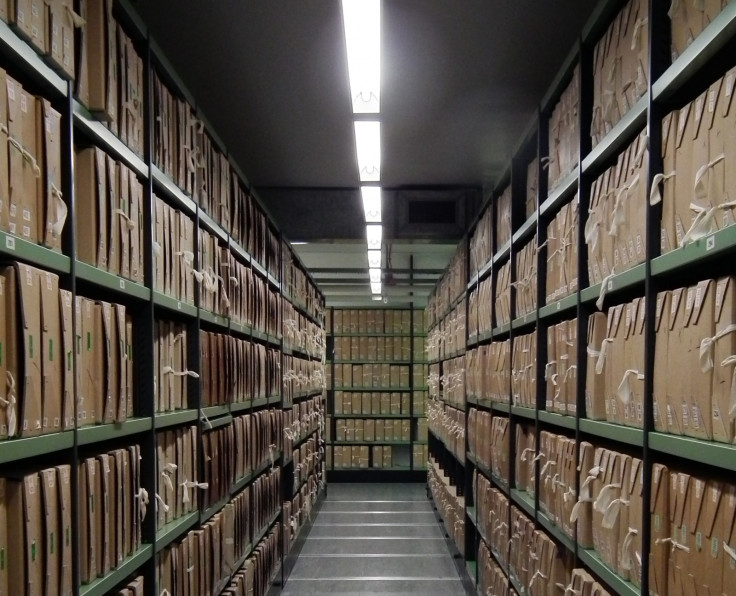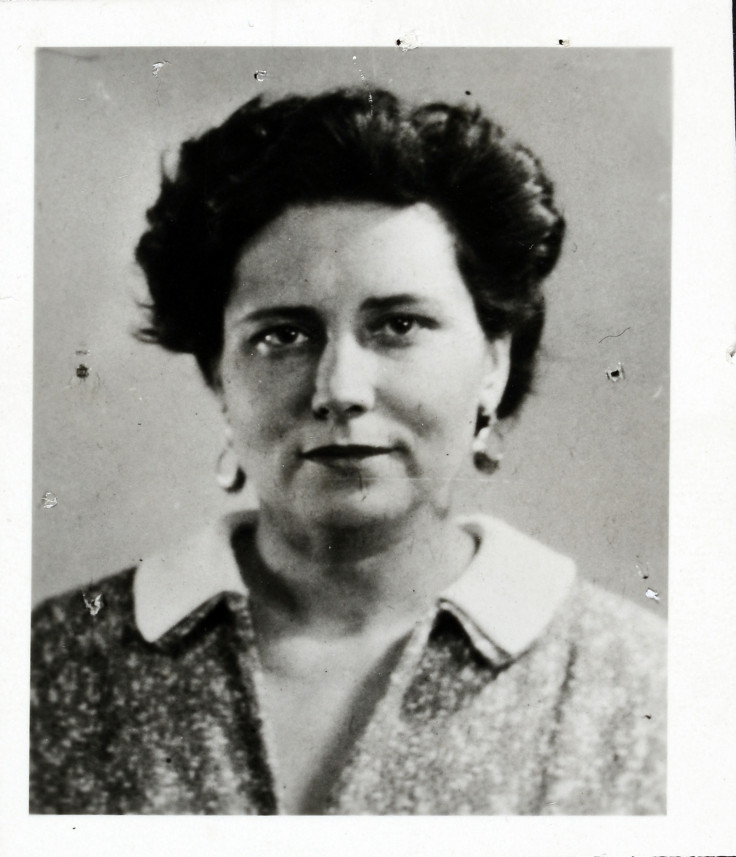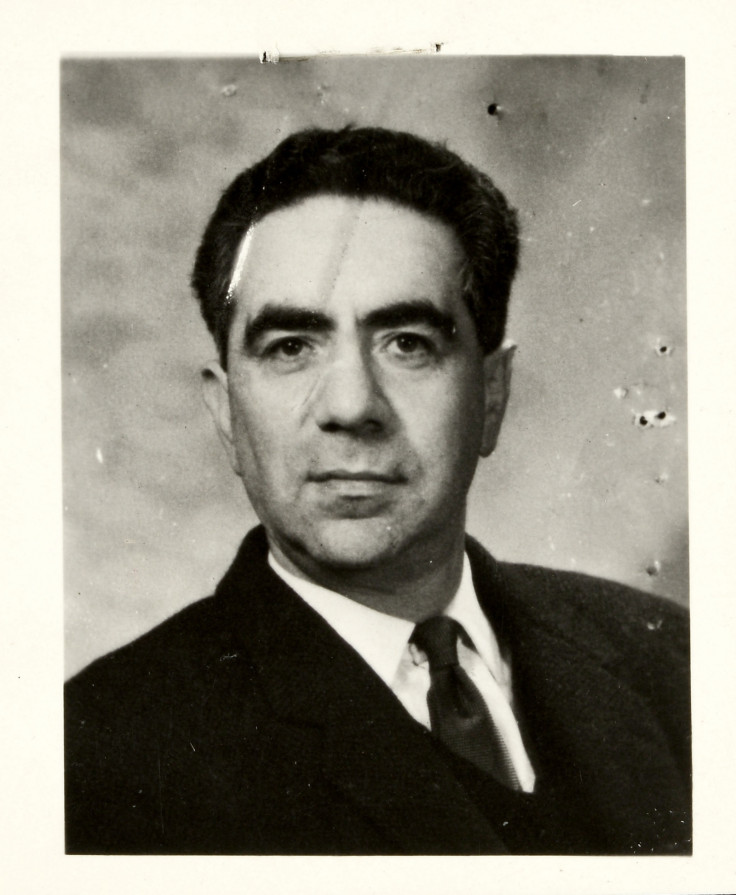Secrets of MI5: Declassified files expose Soviet intelligence officers and right-wing extremists

The latest batch of MI5 records to be declassified cover a range of subjects and span the inter-war years, Second World War and post-war era up to the mid 1960s. Among the personal files, which have been released by the National Archives, are individuals classed as Soviet Intelligence officers, agents and suspected agents, right-wing extremists and Communists.
According to Professor Christopher Andrew, former official historian of MI5: "Declassified MI5 files are currently changing the way that the history of the British Empire, as well as of Britain itself, is researched and written. Until recently, most histories of British decolonisation did not even mention the role of MI5. MI5, however, was an imperial as well as a UK security service with intelligence responsibilities for British and Commonwealth territories around the world until the end of the 1960s."

Nobel Prize-winning novelist Doris Lessing
"Among the files which will attract most attention in the latest release is that on the writer Doris Lessing, who in 2007, at the age of 88, became the oldest ever winner of the Nobel Prize for Literature," says Andrew.
"In 1945, at the age of 26, she divorced her first husband and married the Communist activist Gottfried Lessing, a leading figure in the Left Book Club. Marrying Lessing was, she said, Q 'my revolutionary duty'."
The writer came to the attention of the Security Service even before she joined the Communist Party of Great Britain. She was active in opposing racial discrimination and promoting decolonisation in southern Africa.
Lessing's MI5 file contains several of her British Communist Party membership cards. However, she grew dissaffected with the Communist Party in later years, saying: "I can't understand why I was so gullible."
Soviet Intelligence agent
"The most important Soviet agent whose file appears in the latest MI5 release is that of the little known Cedric Belfrage," says Andrew. "The climax of Belfrage's career as a Soviet spy came after Pearl Harbor and Hitler's declaration of war on the United States in December 1941.
"For the next two years he was the right-hand man of William Stephenson, who as head of British Security Coordination (BSC), based in New York, was the senior British intelligence officer in the western hemisphere. Belfrage's Soviet handlers praised the intelligence he provided to Moscow from BSC files as Q 'extremely valuable'."
In 1946, evidence from an FBI investigation into a defector codenamed "Speed" revealed Belfrage had passed information on British spy craft to the Soviets. However, Belfrage claimed he was trying to infiltrate Soviet networks. This was supported by a letter, released among the files, signed by Kim Philby that Belfrage had worked for the British.
He also had a successful career as a film critic. By the beginning of the 1930s, thanks largely to his success in gaining interviews with Hollywood stars, he had become Britain's best-paid film critic.
Right-wing extremists
Ronald Creasy was an active member of the British Union of Fascists (BUF) in 1939 and had connections with Oswald Mosley. He was arrested for distributing BUF propaganda and interned between June and November 1940. After the war, Creasy remained a Fascist sympathiser and continued to communicate with Mosley into the mid-1950s.

Communist party member
Montagu Shapiro was the secretary of the Soviet front organisation. During the Second World War, he joined the RAF and his plane was shot down over Germany, resulting in him spending the remainder of the war as a prisoner. Upon his release, he became secretary of the Communist Party's Psychologists Group but resigned his post in 1956 over the Lysenko affair. Central to Lysenkoism was denial of the science of genetics, which was replaced by a theory that acquired characteristics such as resistance to cold or drought could be inherited.
This pushed the Soviet biological sciences and contributed to the enormous agricultural failures and mass starvation it was meant to remedy by putting into practice a series of policies and interventions that were often counterproductive.
Russian intelligence recruiter
Edith Tudor-Hart was born in Austria and came to the UK around 1925. She set herself up as a professional photographer and was a member of the Communist Party of Great Britain.
"Tudor-Hart was, almost certainly, the talentspotter who first identified Kim Philby as a likely recruit for Soviet intelligence. It was probably Tudor Hart who in 1934 introduced Philby to the recruiter and first controller of the Cambridge Five, Arnold Deutsch," says Andrew.
"In 1938-39 she acted as courier for Philby's Cambridge contemporary, Guy Burgess. There is also a four-volume file, beginning at KV6/134, on the investigations which led to the identification of the German-born physicist Klaus Fuchs as a Soviet atom spy."

On the outer fringes
One of the most eccentric fascist supporters was the self-styled Count Potocki, whose parents were Polish émigrés to New Zealand. Potocki spent much of his time pursuing a bizarre claim to the Polish throne. At one stage of his career, he also claimed to be a worshipper of Apollo and declared himself "High Priest of the Sun".
He also attracted the attention of police over his activities with young women and girls and was convicted of publishing obscene libel. The Secret Service believed Potocki was deranged rather than a serious security threat.
© Copyright IBTimes 2025. All rights reserved.





















